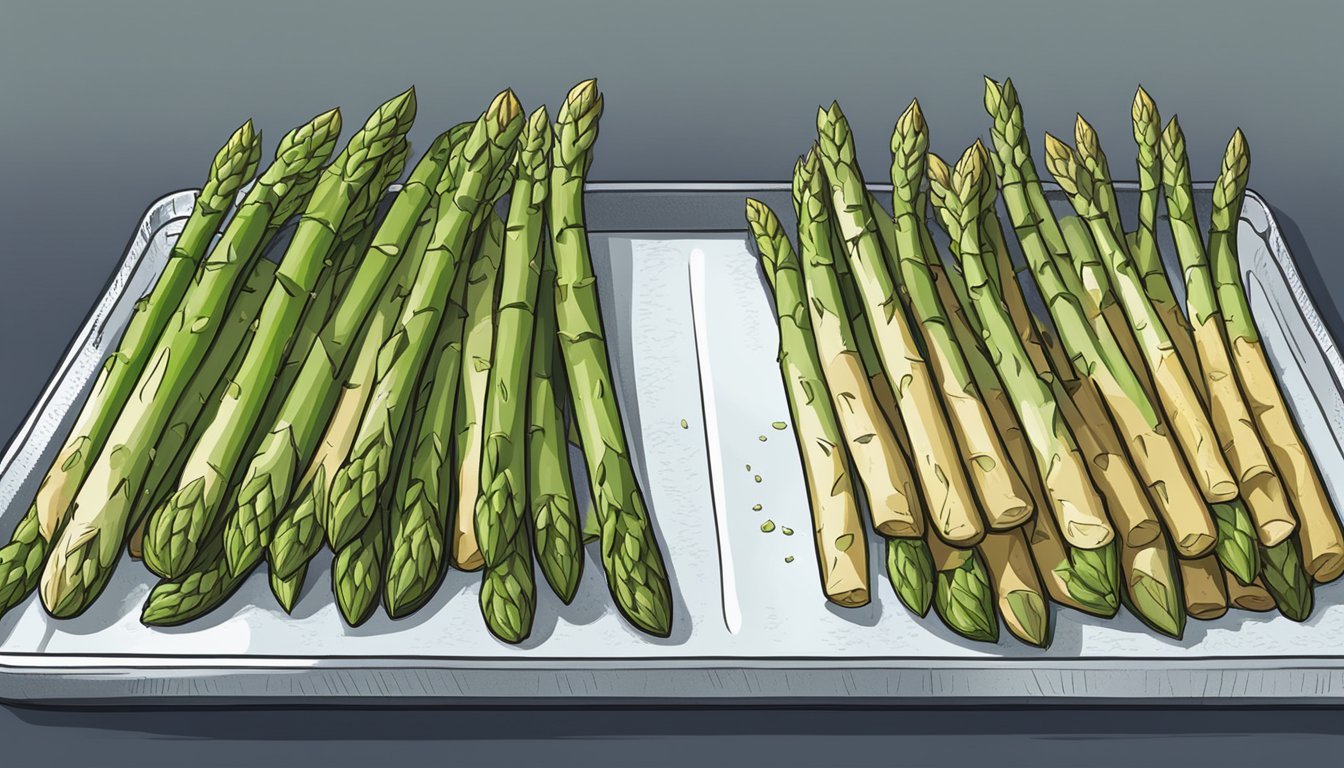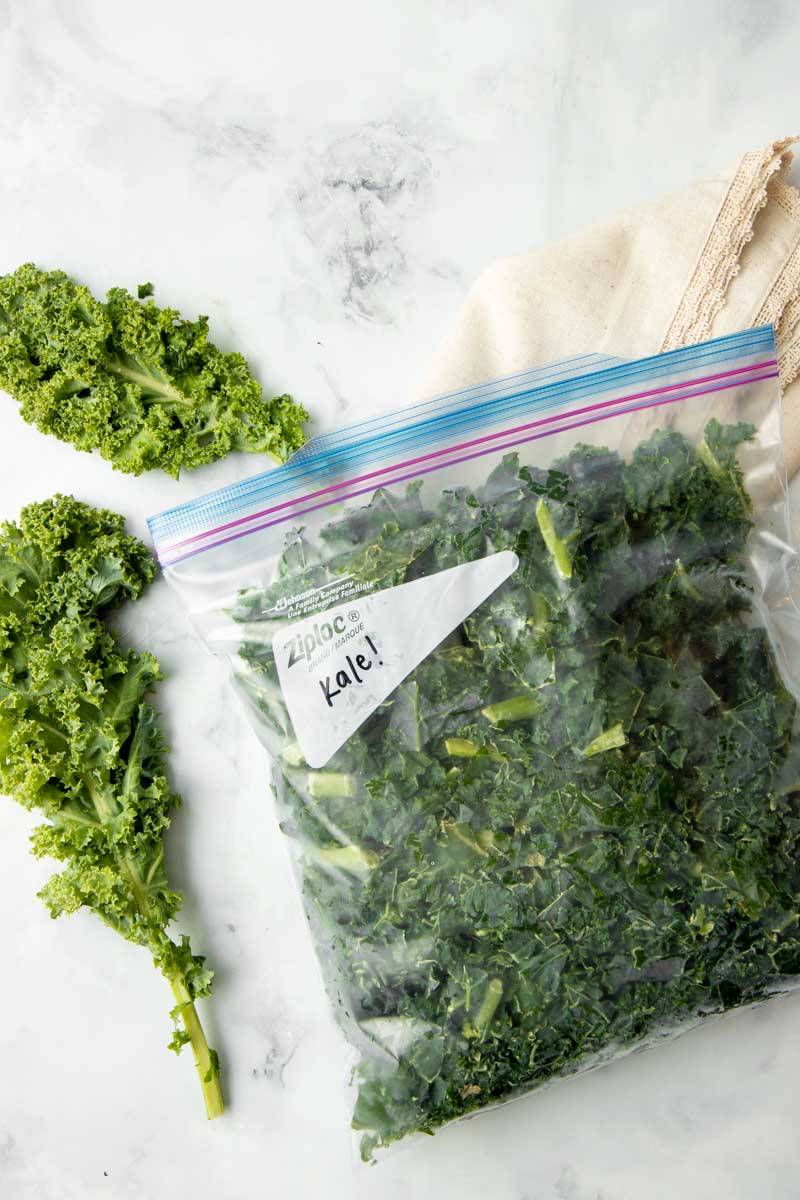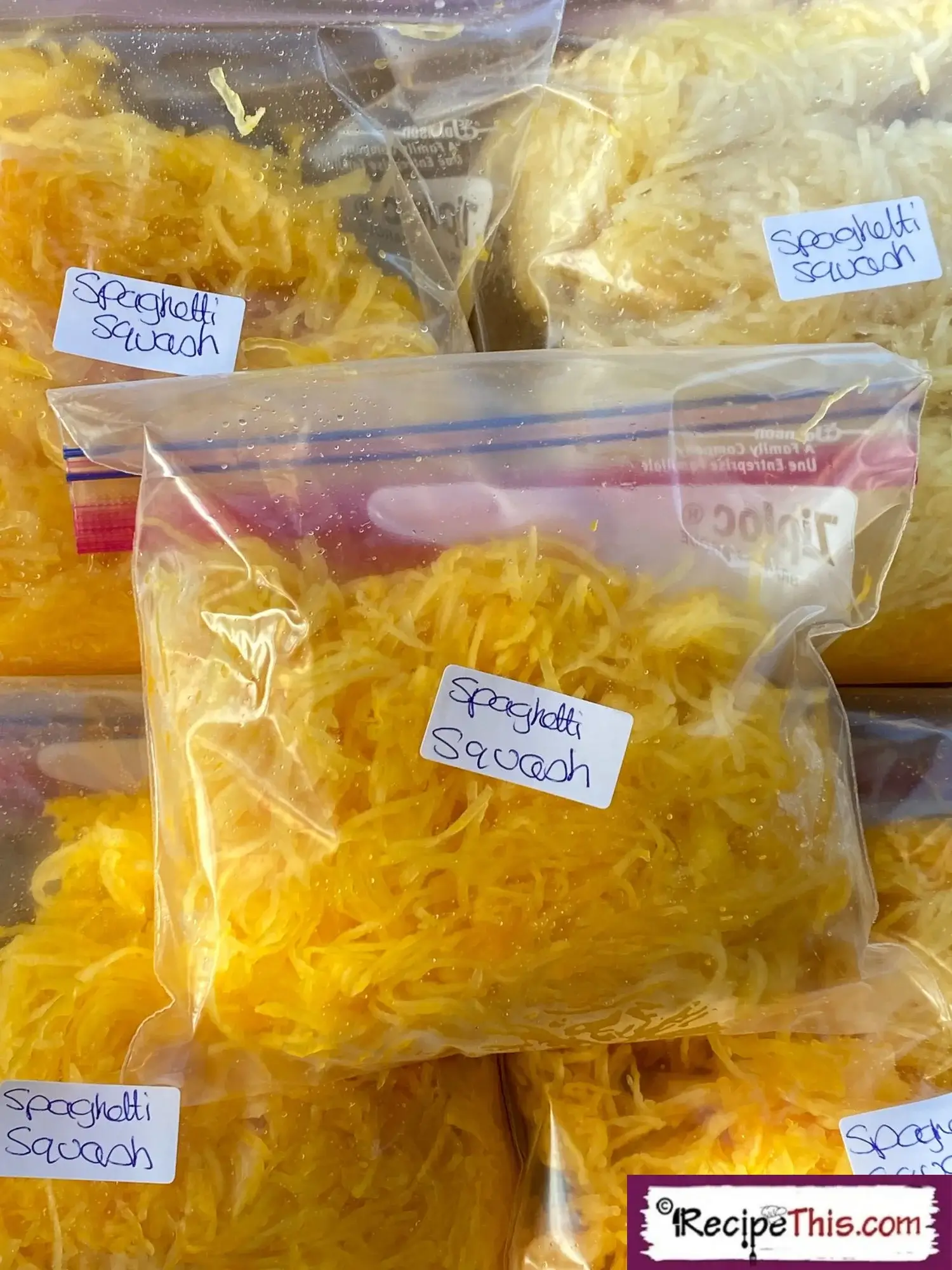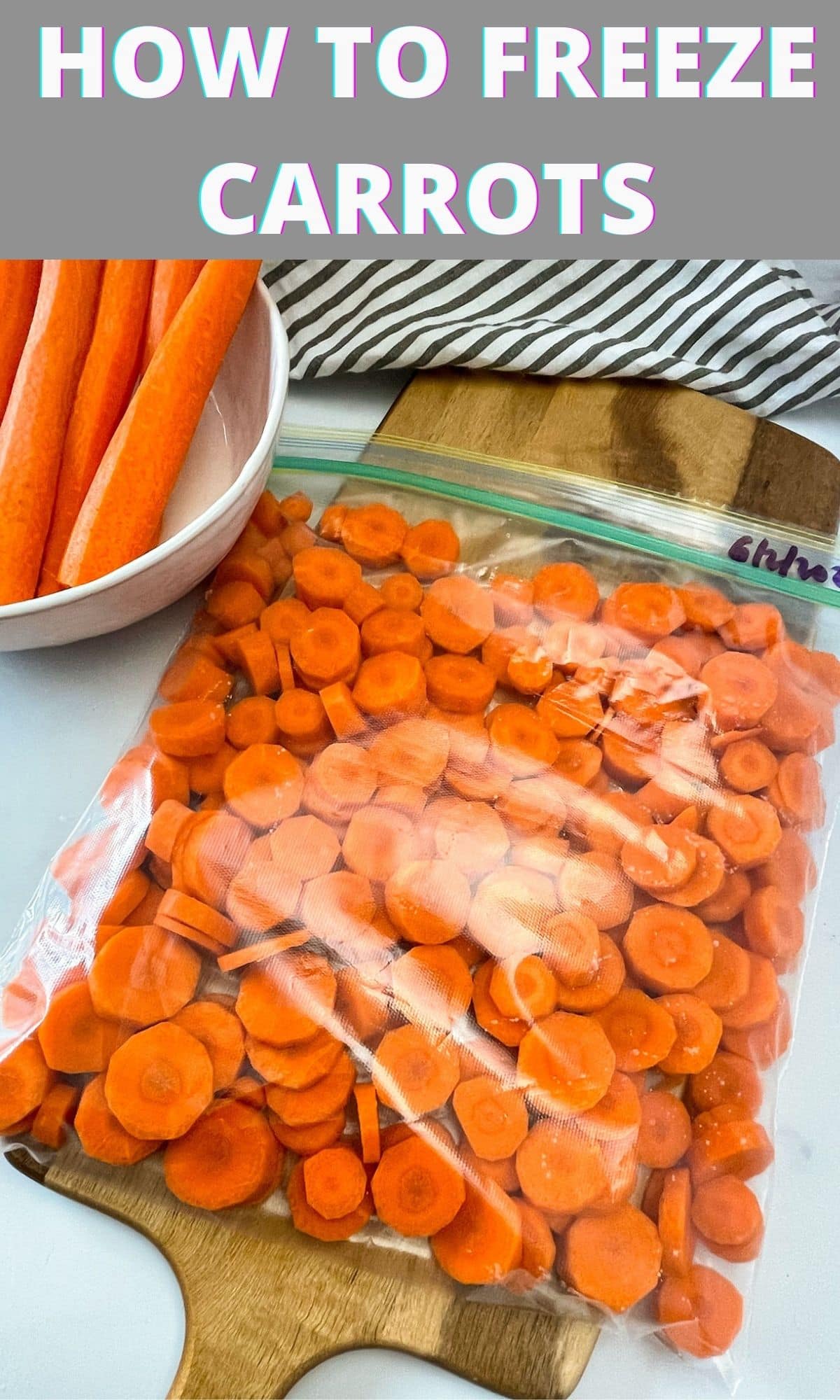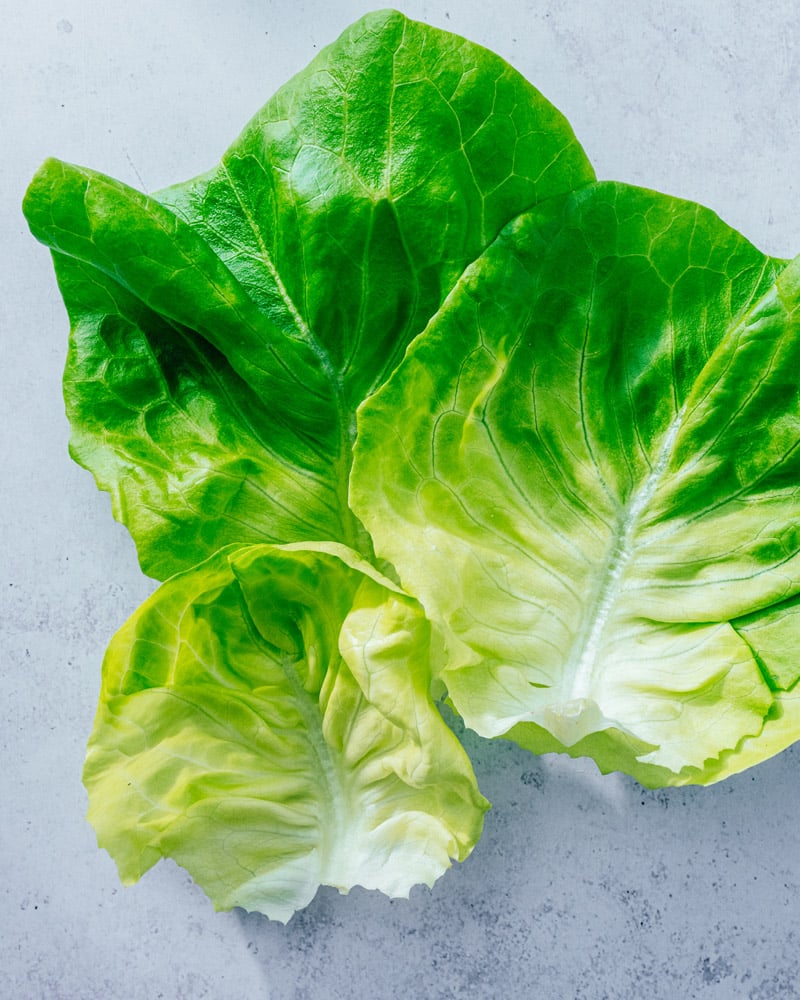Freezing Asparagus: Preserving Nutrients and Enhancing Flavors
– Basic methods for freezing asparagus
– Blanching asparagus before freezing
– Roasted or grilled asparagus can also be frozen
– Freezing asparagus in labeled resealable freezer bags
– Storing frozen asparagus for up to a year
– Cooking frozen asparagus without defrosting
– Adding frozen asparagus to dishes like stews, casseroles, pasta bakes, or tarts
– Pan frying frozen asparagus with olive oil or butter
– Recipe inspiration for using asparagus in pasta, frittata, soup, and bread
